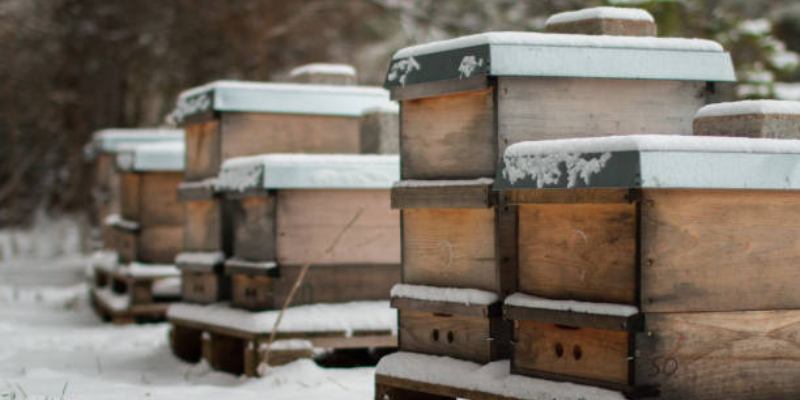News
Winter Work That Pays Off: Turning the Off-Season into Growth Season
Winter Work That Pays Off: Reflect, Plan, and Modernise Your Beekeeping Operation
As the last of the honey drums are stacked and the hum of the hives quiets, winter brings a rare pause for commercial beekeepers. It’s the one season when your bees are clustered tight, conserving energy—and you can finally take a breath too — and cluster some thoughts of your own.
While the bees rest, this is your season to think, plan, and prepare. Winter is the beekeeper’s season of strategy, a the time to step back from the daily noise, reflect on what the year taught you, and make the kind of changes that will set your business up for a stronger, smoother season ahead.
So instead of fixating on numbers in isolation, use reflection to find the story behind them.
- Are production differences between yards due to management practices, timing, or available resources?
- Did staffing issues stem from unclear expectations or missing systems?
- Were decisions made early enough—or did you react only after things went wrong?
Reflection is most powerful when it leads to insight. The goal isn’t to collect more data but to learn from the data you already have. Look for the key trends that will matter next season: where margins tightened, where workflow stalled, and where better planning could have saved stress or cost.
Those insights form the foundation for the next step: designing systems that turn information into action.

Plan Ahead for a More Predictable Season
Once you’ve reviewed the season, turn insights into plans. Set measurable goals for the next one: hive health targets, production goals, or staffing improvements. If you’re managing pollination contracts or honey sales, map your cash flow early.
Most beekeepers know how to work hard; the challenge is learning how to plan smart. Successful businesses use forecasting to anticipate costs and opportunities—whether it’s knowing when your income dips between pollination and honey sales, or when you’ll need to order treatments
A precise forecast gives you the confidence to make informed investments, hire early, or schedule downtime effectively. If numbers aren’t your strength, bring in your accountant or bookkeeper as part of your management team.
Fresh eyes can reveal blind spots and help you stay focused on long-term stability rather than short-term survival.
Modernising Your Operation: Systems and People Working Together
Reflection and planning set the direction; systems and people make it happen. Many operators either swing to one extreme—tracking every hive detail and drowning in data—or the other—running entirely on gut feel. Both slow down decision-making.
The goal isn’t more information; it’s better information. You need systems that filter the noise and people who know how to interpret what matters. This combination is what turns data into insight and gives you the clarity to act quickly when it counts.
Implementing digital record-keeping or workflow software isn’t just about technology—it’s about building a framework that connects your team, streamlines reporting, and makes performance visible. When your team records data in real time, that information can be distilled into dashboards showing exactly where you stand: hive strength, apiary progress, staff hours, and production against targets.
These systems create feedback loops that make better decisions faster and easier.. They highlight early warning signs—rising costs, declining hive performance, or missed rounds—before they become crises. And they free you from the trap of being the gatekeeper of all knowledge, empowering your second-tier managers to make informed calls without waiting for you.
Think of it this way: the system runs the business, and your people run the system. Your role is to ensure both are aligned so that clear, timely information flows upward for decision-making. That’s how you track key performance indicators throughout the season and focus your attention where it matters most.
Winter offers a gift that no other season does - Time to think.
Use it to clarify what success looks like for your operation, to refine the systems that collect and communicate information, and to ensure your people are equipped to use them well.
When the first warm days arrive and the bees surge into spring, you’ll enter the season with confidence instead of chaos—because you’ve already done the hard thinking.
The strength of next year’s harvest begins now, in the quiet work of reflection, planning, and building systems that make better decisions easier.
